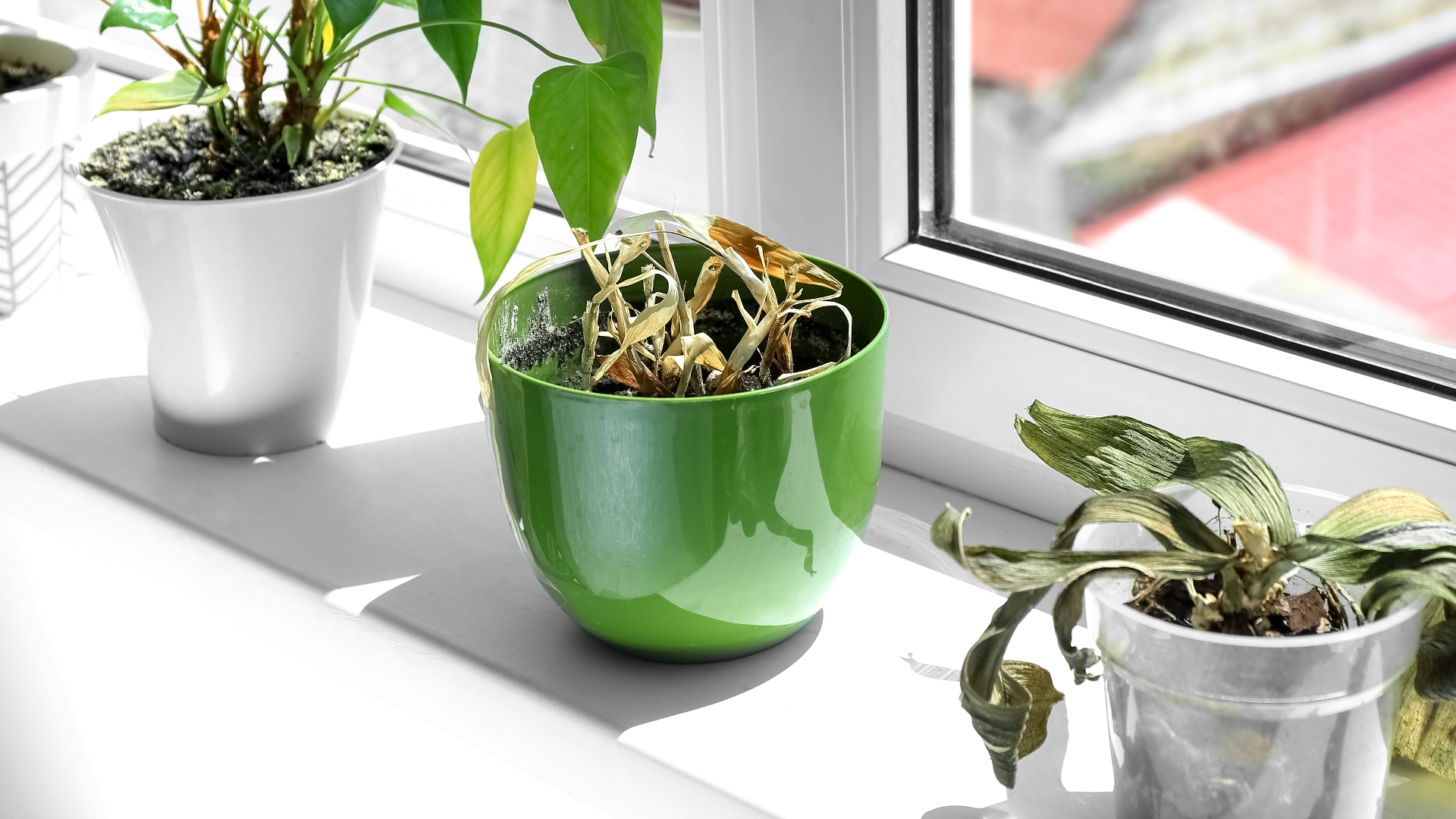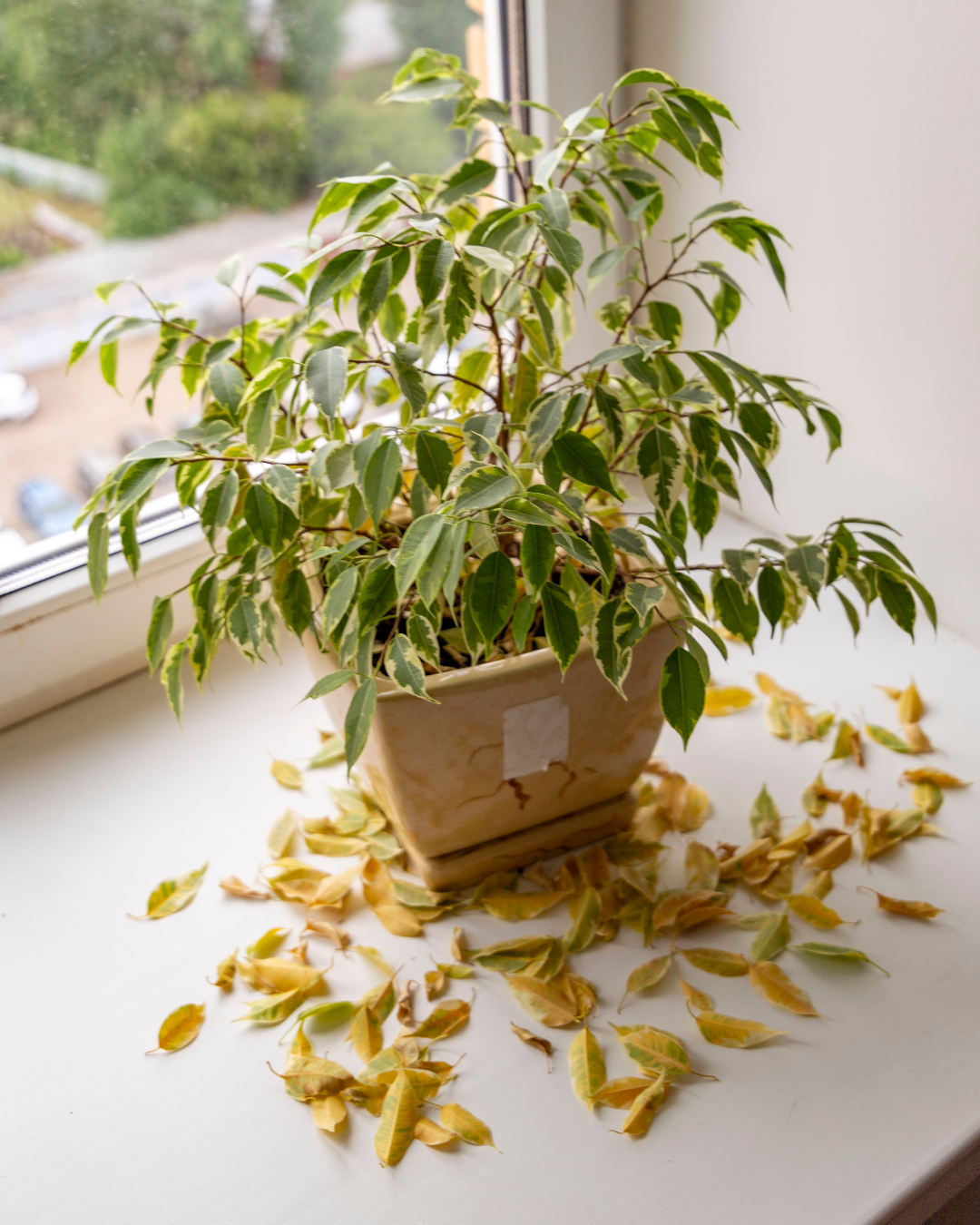Water stress is a common complaint amongst plants, particularly in the hard soils of Melbourne. Water stress, often referred to as ‘Moisture Stress’, is often misdiagnosed as Wet Feet or Root Rot as they can both present the same symptoms. Water Stress and Wet Feet occur when the roots are unable to uptake enough water to sustain transpiration and photosynthesis but for very different reasons.
What is Water Stress?
When a plant is suffering from Moisture Stress the stomata, which are like pores on the surface of the leaves, close to prevent anymore moisture loss. This closure prevents the transformation of water, sunlight and carbon dioxide into oxygen and sugars (photosynthesis) and stops the uptake of moisture from the soil and release through the leaves (transpiration).
When the plant is suffering from Wet Feet it is because the roots are surrounded by so much water that they can’t breathe and either shut down or rot and therefore are no longer able to supply water to the leaves.
How to identify Water Stress
Your plant and soil will show you signs of water stress, you just have to know what you’re looking for. Signs of water stress include:
- Yellowing foliage
- Drooping and/or curling of leaves.
- Leaves don’t return to a upright perky state when the temperature cools
- Leaves eventually dropping off in extreme circumstances
In what situations is Water Stress commonly found?
Heavy Clay
Despite heavy clay potentially holding lots of water, these is also the risk that any water hitting the soil will run off and not penetrate the soil. In this situation the roots don’t have access to any water as the water is running away!
Sandy Soils
Sandy soils have the constant problem of lack of everything! Nutrients, along with any water run out of the loose soil. If the water drains away too quickly, the roots don’t have the chance to absorb anything.
Drought
Obviously when there has been a lack of rain there won’t be any water in the soil for the roots to take up!
Hydrophobic Soil
These soils literally repel water. A waxy residue builds up on the soil particles which prevents the soil from absorbing water. It is most common in dried potting mixes, sandy soils and dried organic matter.
Identifying a potential Water Stress problem area
If you have an area where you suspect you may have a high chance of Water Stress, dig a large hole to the depth that you intend to plant your plant to. The soil will most likely be dry and powdery. You can test for hydrophobic soil by pouring water into the hole. The water may not drain well, powdery soil may sit on the surface on the water and the water pool may bulge at the edges. The water may drain really quickly and the remaining soil is left not very wet or dries very quickly.
Prevention of Water Stress
Simply make sure you keep up the moisture level in your soil. This can be achieved in a multitude of ways and combinations.
If you have identified a dry area you can:
- Use drought tolerant plants or ask our nursery staff to help you select drought or dry tolerant plants.
- Add mulch at least once a year to top up the organic material in the soil. Organic matter absorbs and retains moisture.
- Add Soil wetter to hydrophobic soils












